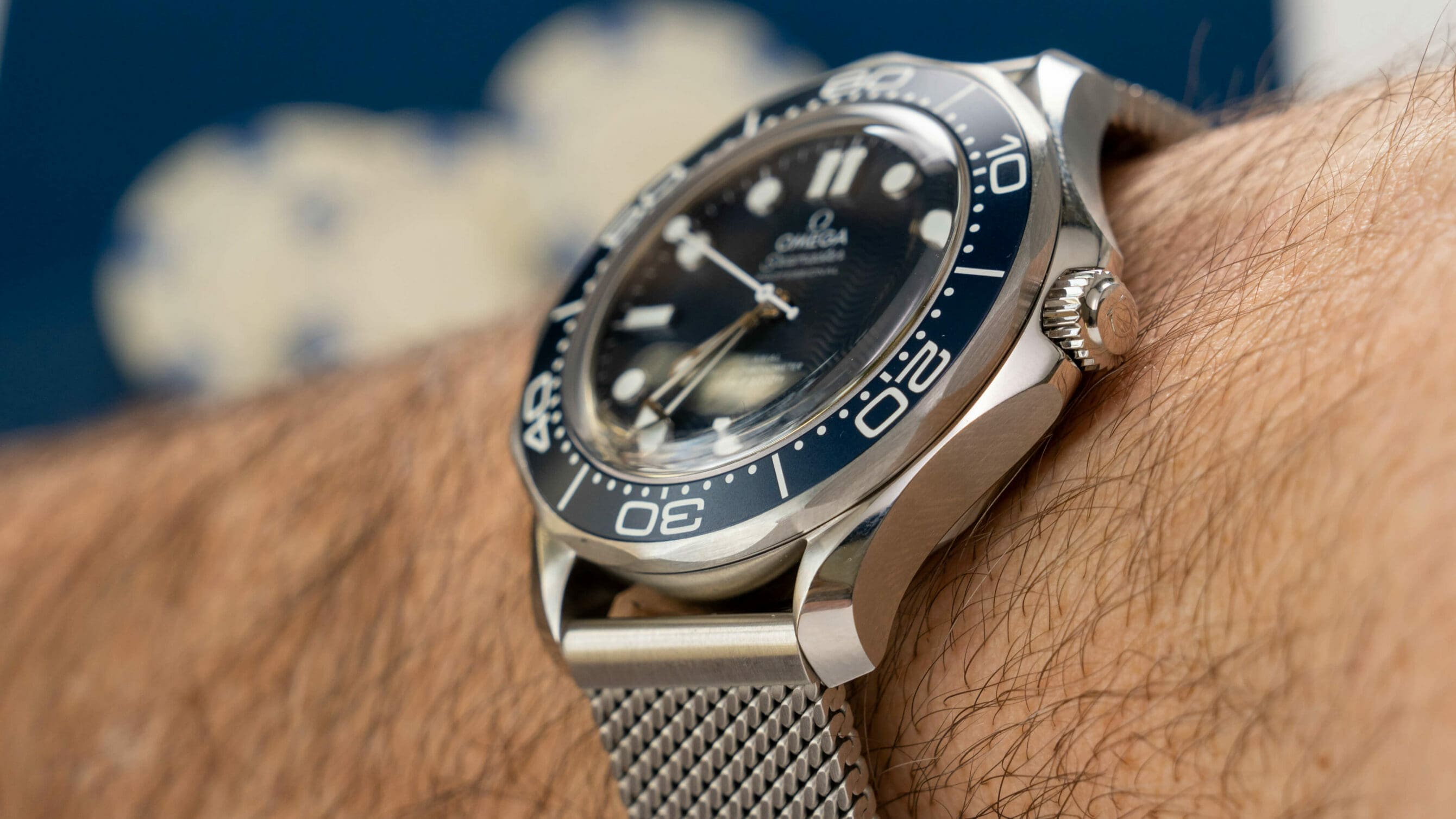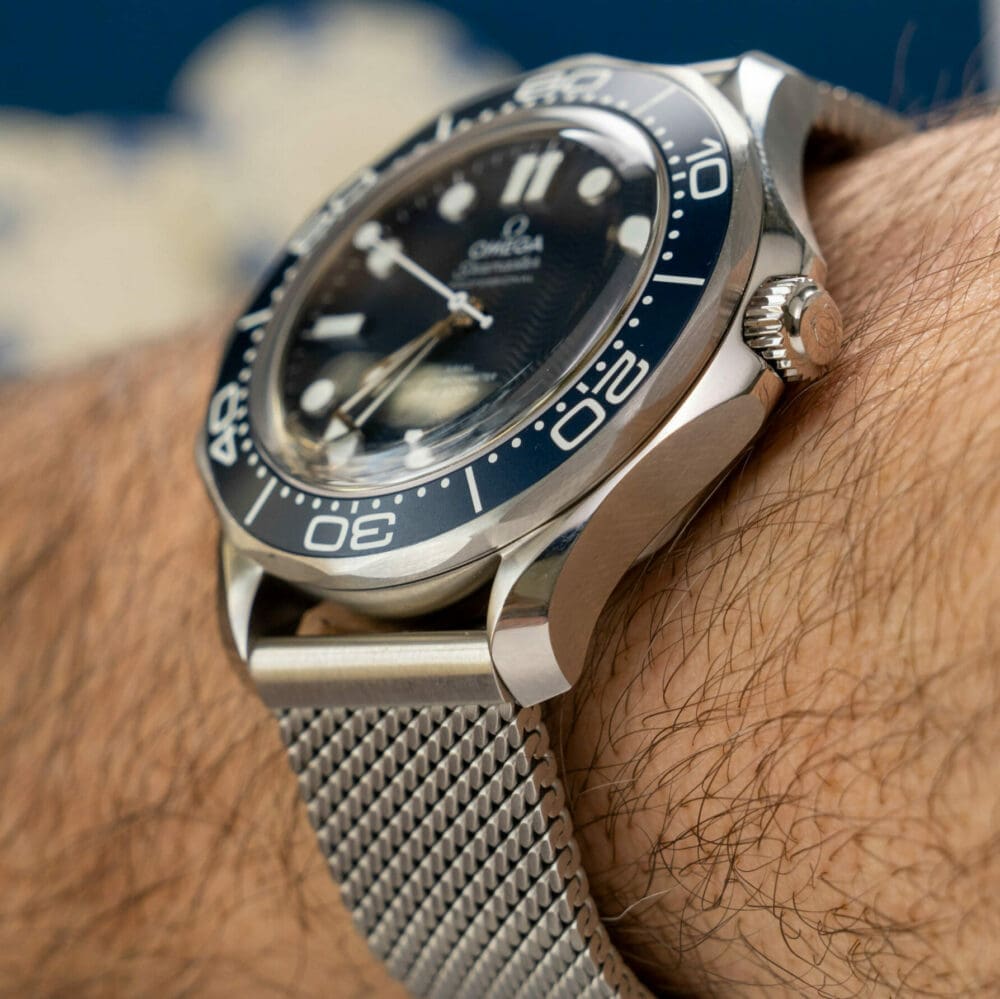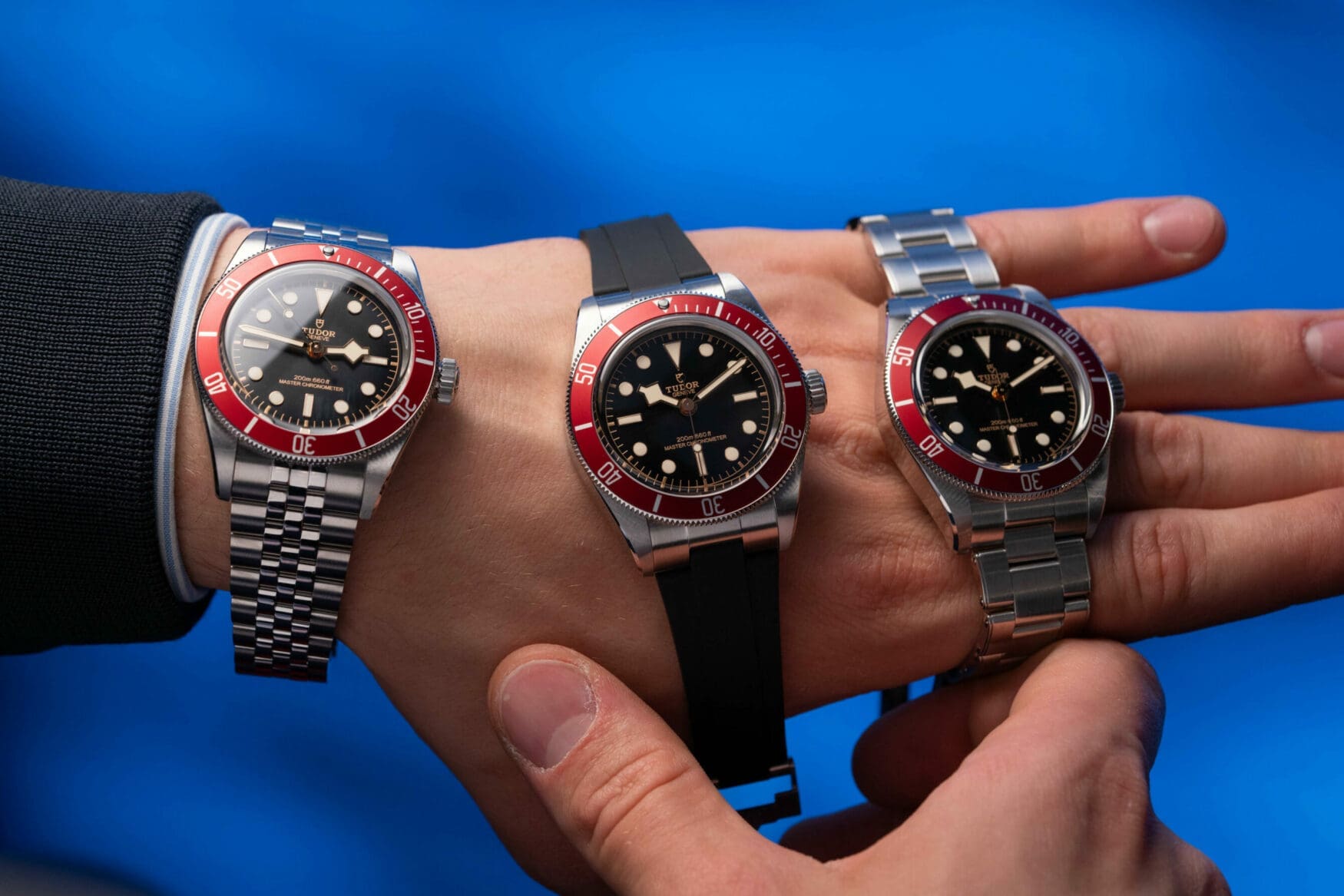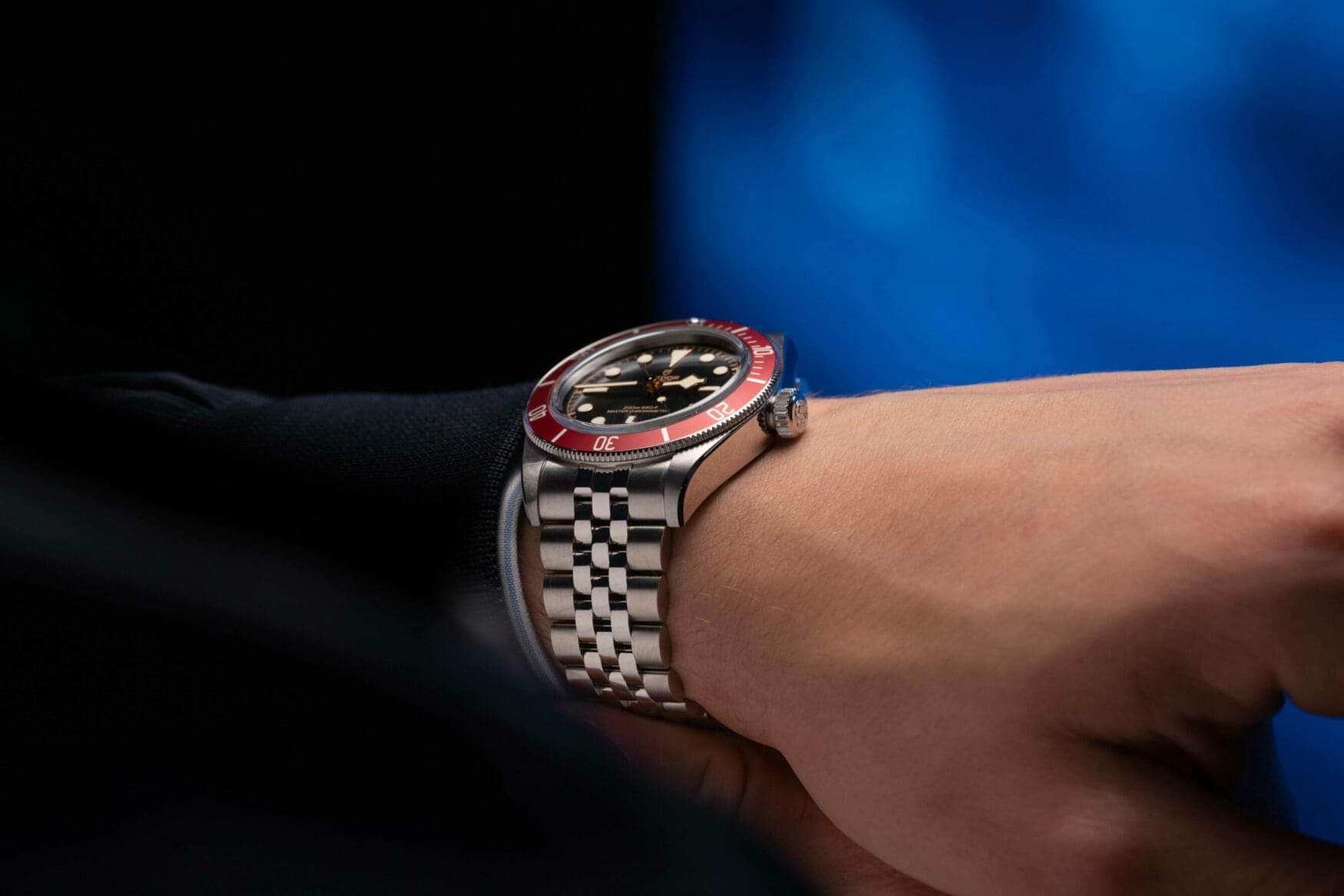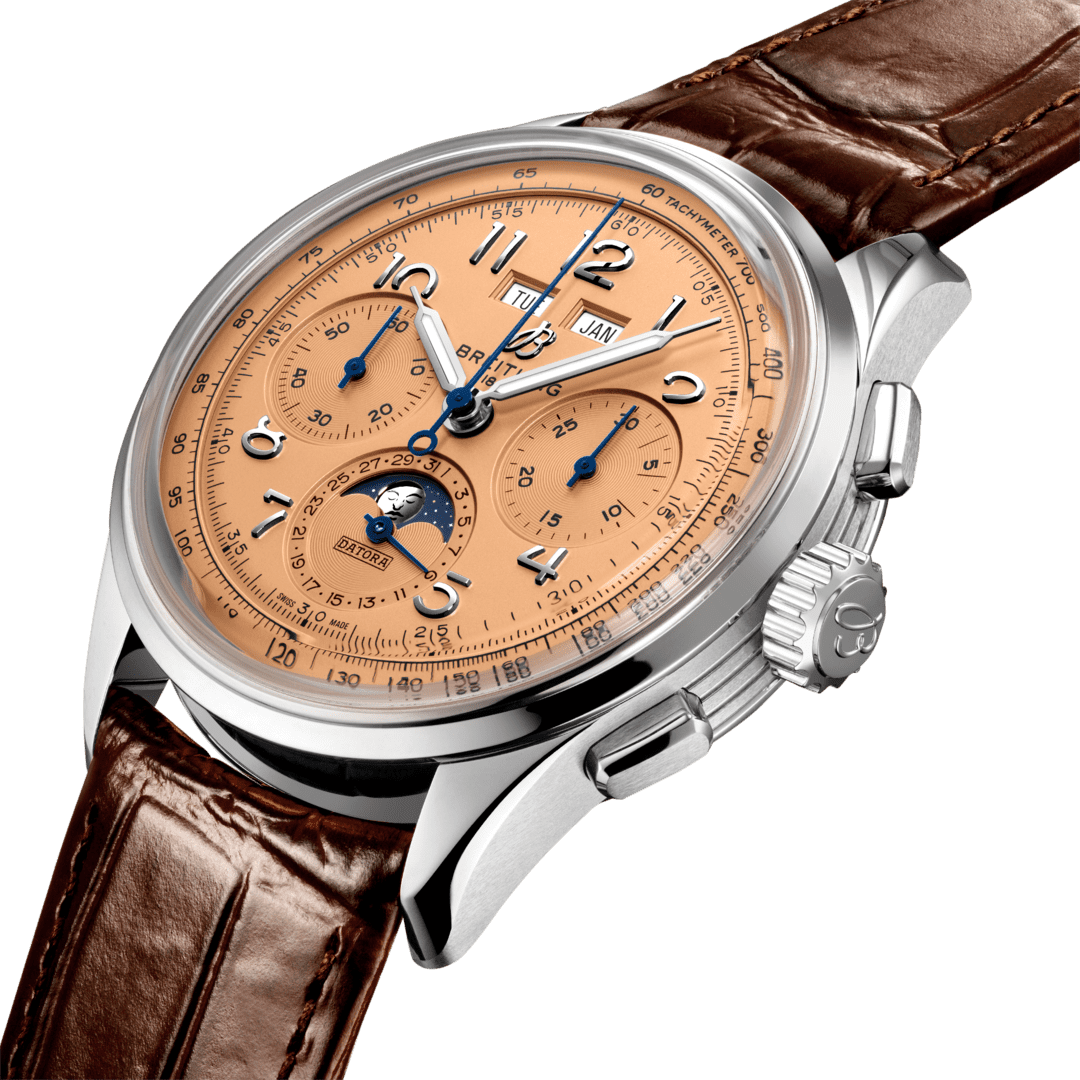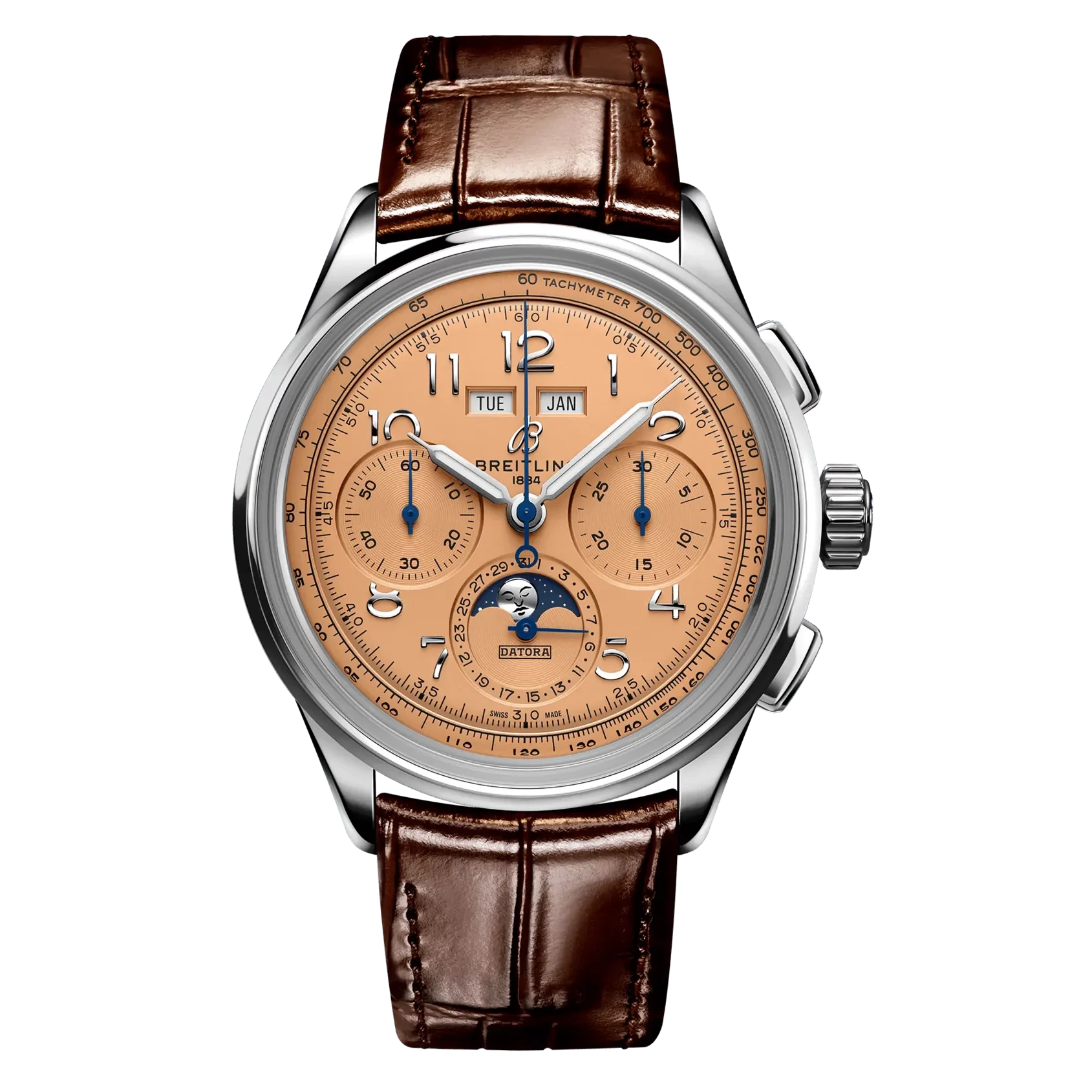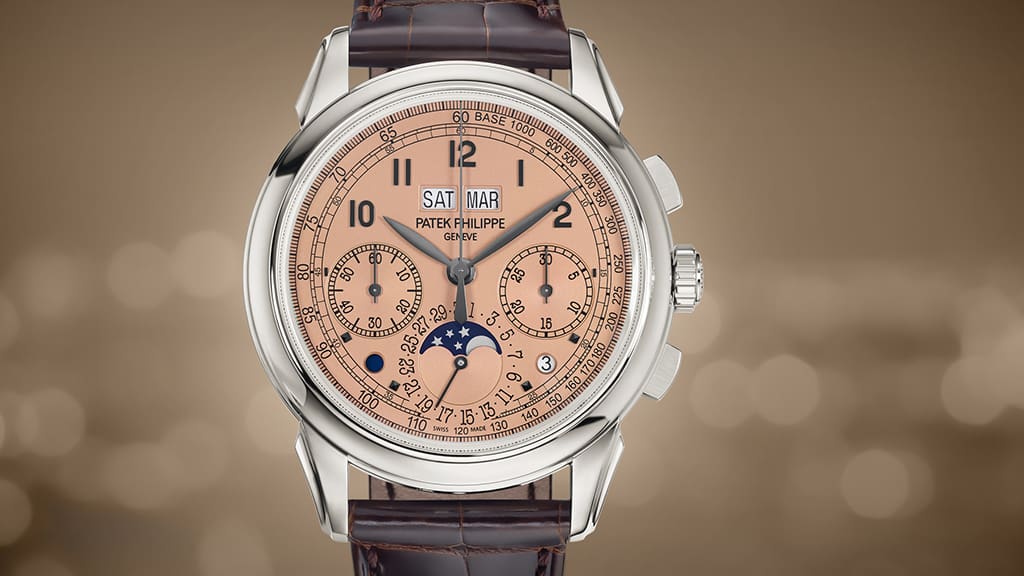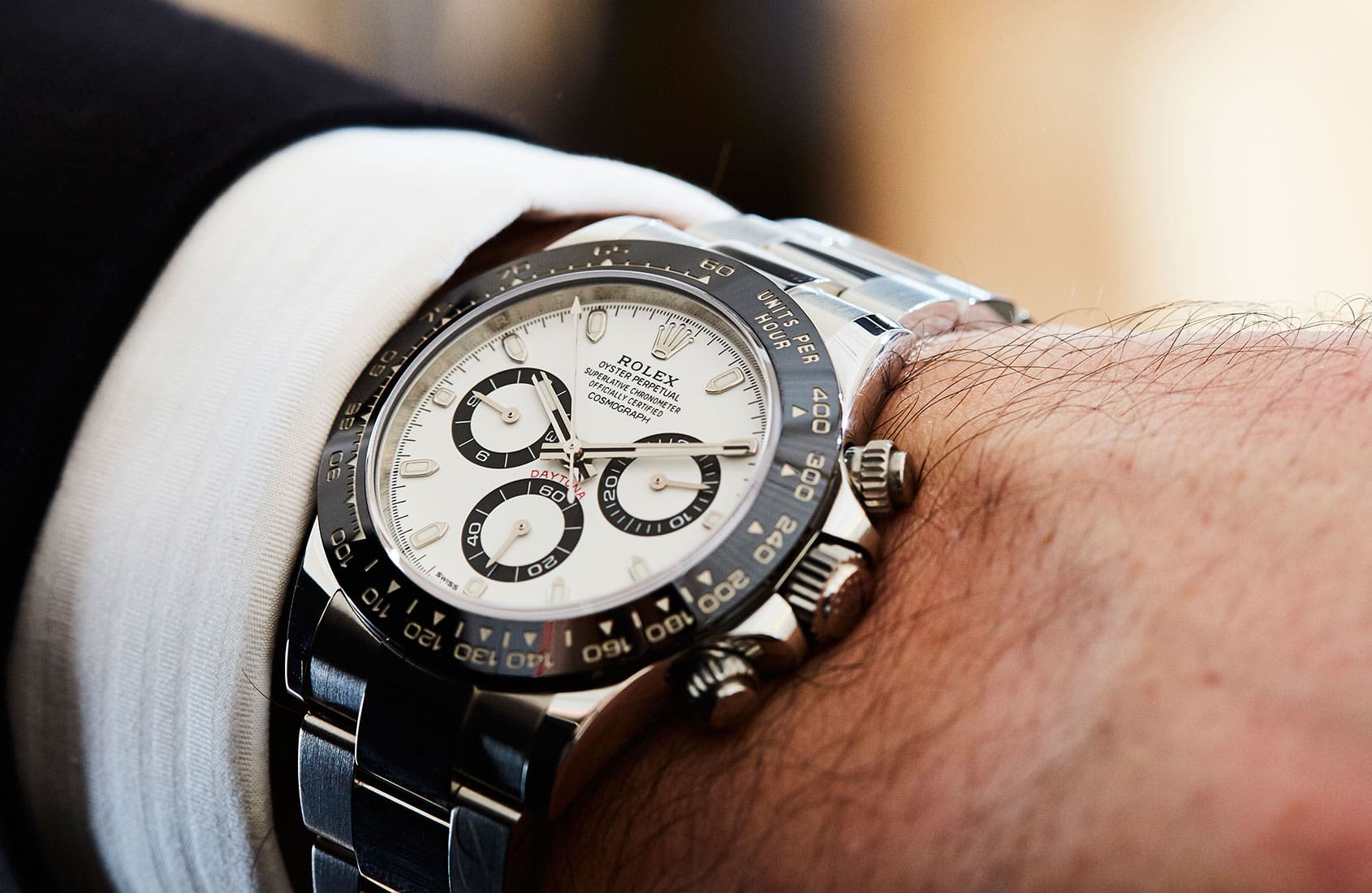Case thickness dictates the difference between a good watch design and a great one
Zach BlassLooking at the headline, you are probably thinking “WTF Zach… what are you on about?” Of course, key metrics include diameter, lug-to-lug, material, depth rating, accuracy… Aesthetics such as the dial and the level of decoration are motivators as well – but, for now, I am focusing on measurements and metrics, rather than looks. A recurring criticism that I see trending each onslaught of novelty watch debuts centres around case thickness. I am not suggesting everyone is looking for ultra-thin, but for more standard cases, we see many enthusiasts harp on a few millimetres of thickness. So, before you call me crazy, let me explain my reasoning.
Exhibit A: Tudor’s transition from ETA to manufacture calibres in the Black Bay Heritage 41
The Tudor Black Bay range was the catalyst collection that propelled Tudor to where it is situated within the marketplace today. Initially, under the stewardship of Davide Cerrato, the Black Bay Heritage was a 41mm diver’s watch that was 12.7mm thick and spanned 49.9mm lug-to-lug. This era of Black Bay dive watches is known as the ‘smiley’, as the third and final line of dial text at the 6 o’clock position was printed in an upward curving semi-circle. From a size perspective, it was only a millimetre larger in diameter, nearly two millimetres more in lug-to-lug span, but a fraction of a millimetre thinner in thickness than its then-rival, the Rolex Submariner ref. 114060. The slimmer profile was possible, in part, through its usage of an ETA movement inside, but once Tudor decided to elevate their movement offerings with manufacture calibres, they would also end up elevating the thickness of the watch by a very noticeable 2.1mm. This ushered in the era of ‘slab-sided’ Black Bay divers that are a whopping 14.8mm thick.
Ultimately, this is why the Black Bay Fifty-Eight, 39mm in diameter and 11.9mm thick, later debuted to much fanfare. In addition to a dive watch with a more vintage-adjacent presence and a more compact 47mm lug-to-lug span, its sporty-slender profile attracted even those who normally preferred larger diameters. This past Watches & Wonders, a slimmed-down Black Bay 41 with a burgundy bezel was presented, with a thickness reduced to 13.6mm. Yes, the rubber strap and T-Fit bracelet options were featured parts of its appeal, but the underlying win stemmed from the fact the Black Bay case had finally gone on a diet. In turn, it became a stronger alternative to the Submariner. While this was certainly a victory for fans of the Black Bay, Black Bay GMT fans are still crying out to Tudor to make their Pepsi-bezel GMT watch thinner. It currently stands 14.7mm thick, but for it to be a stronger alternative against the Rolex GMT Master II it needs to get closer to 13mm like the Black Bay diver. For reference, the current GMT-Master II models are just 12.2mm thick.
Exhibit B: The Breitling Premier B25 Datora 42 Copper’s Achilles’ heel
When the Breitling Premier B25 Datora 42 Copper was first unveiled, I was completely in lust. It was the first time in a long time I was genuinely interested in a Breitling watch for my collection. Aesthetically, it is derived from a model within Breitling’s archives, but of course, upon release comparisons were made to the far more expensive and elusive Patek Philippe 5270P – a certified grail watch for many collectors.
The problem, at least for my wrist, was that its 42mm case with a 50mm lug-to-lug span was larger than I would like for a dressier watch. For all wrists, however, a recurring comment from watch enthusiasts on Instagram when it was first announced was something to the effect of: “Oooooo, it looks great. But I wish it wasn’t so thick.” At nearly 16mm thick, it’s a tall order for a classy timepiece. I’d love to have it on with a dress shirt, but I do not think my shirt cuff would allow it to slip underneath.
I get that this US$14,000 watch is a little over sixteen times less the retail price of current 5270P watches (US$228,000), but strip the Patek name from the dial, have it in steel rather than platinum, and decrease the level of finish of the Patek movement, the 5270P’s design still excels in that the 41mm 5270P watch is only 12.8mm thick. Yes, the 5270P is hand-wound rather than automatic, but the addition of a winding rotor would not bloat the 5270P to the near 16mm thickness of the Datora 42 Copper. Unfortunately, the complicated modular B25 calibre, with these mechanisms stacked on top of each other, is not capable of such slenderness. Had this watch been delivered at less than 14mm thick, it probably would have been in my collection months after its release, and I suspect this was a cause for hesitation for many enthusiasts who were dwelling it over as well.
Exhibit C: Hype aside, the real reason the Rolex Daytona and Submariner reign supreme in their segments
| Brand | Model | Reference | Diameter | Thickness |
| Rolex | Submariner | 124060 | 41mm | 12.5mm |
| Panerai | Submersible Bianco | PAM1223 | 42mm | 13.3mm |
| Omega | Seamaster | 210.30.42.20.03.001 | 42mm | 13.6mm |
| Tudor | Black Bay | m7941a1a0ru-0001 | 42mm | 13.6mm |
| Blancpain | Fifty Fathoms | 5015 1130 52A | 45mm | 15.5mm |
Looking at the table above consisting of dive watches 40mm or more in diameter that use movements that are not ETA/Sellita, the Rolex Submariner is the only one that does not go beyond 13mm in thickness. And, like the Black Bay in its previously bloated ‘slab-sided’ case, in the Rolex versus Omega conversation, watch fans continue to point out that a thinner Seamaster would go a long way in the battle.
| Brand | Model | Reference | Diameter | Thickness |
| Rolex | Daytona | 116500LN | 40mm | 12.4mm |
| Zenith | Chronomaster Sport | 03.3100.3600/69.M3100 | 41mm | 13.6mm |
| Omega | Speedmaster | 310.30.42.50.01.002 | 42mm | 13.7mm |
| Tudor | Black Bay Chronograph | m79360n-0002 | 41mm | 14.4mm |
| Grand Seiko | Tentagragraph | SLGC001 | 43.2mm | 15.3mm |
Under the same parameters, but within the chronograph segment, the same can be said – only Rolex remains below 13mm in thickness. I fully acknowledge most people want a Rolex Submariner due to brand power, secondary market value over retail, and hype, but the reason these designs are considered the best within their categories is because they have the best fit and feel on the wrist. While fashion snobs will say it is time to stop pairing sports watches with suits, the Rolex Submariner and Daytona have the slimness that caters to a watch sliding easily beneath a dress cuff. Yes, they are sporty designs, but their sporty slenderness caters to a sense of elegance their competitors do not achieve as well. It is also worth noting that the lug-to-lug spans of the Daytona and Submariner are less than their competitive set above.
To be clear, I think all of the watches mentioned above are desirable, have a fan base, and are great options to add to any collection. They are all good watches, but what elevates a watch to be great, an enduring number one icon in its segment, is if it can be executed in a slim enough profile.




